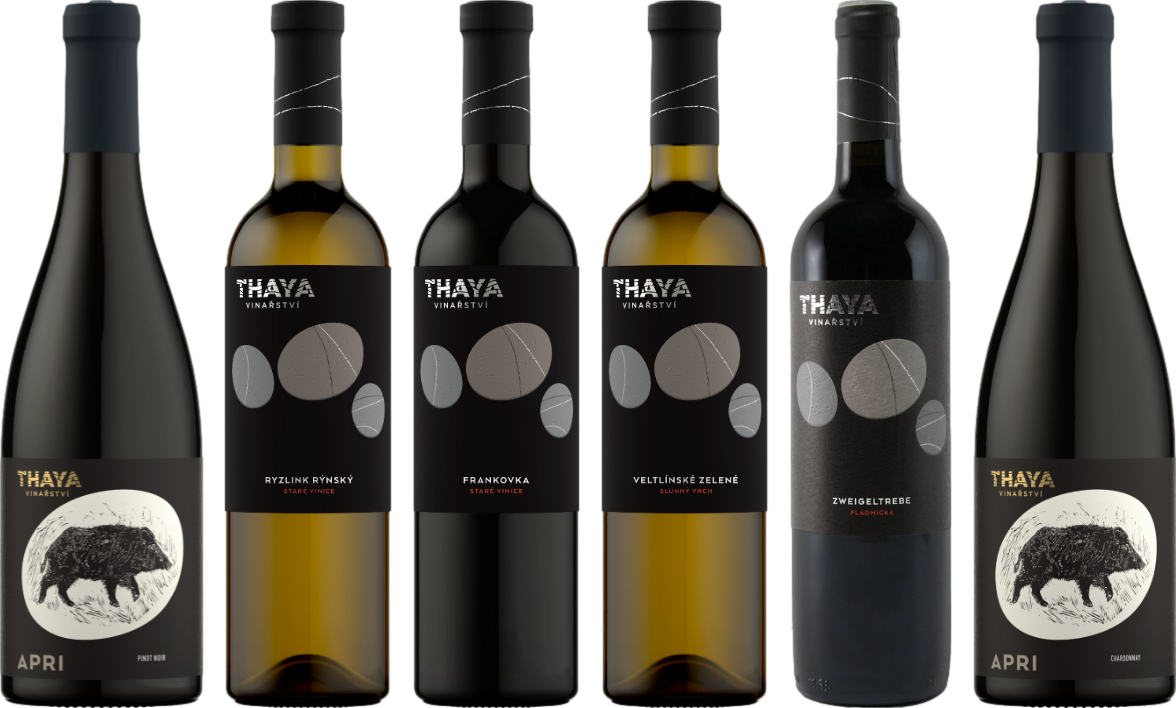



For many enthusiasts, allowing the liquid to breathe enhances the overall experience, even for lighter varieties. This practice can soften the acidity and highlight the aromatic qualities, resulting in a more balanced profile. Specific types, like full-bodied Chardonnay or aged Sauvignon Blanc, particularly benefit from a little exposure to air, which can reveal layers of complexity that might otherwise remain muted.
In general, pouring into a decanter or simply letting a glass sit for a few minutes can work wonders. Notably, this approach allows volatile compounds to escape, elevating the fragrance while softening harsh edges. Interestingly, some whites, especially those with oak influences, can develop richer textures and more pronounced flavors through this simple act.
The key lies in understanding the individual characteristics of each vintage. Young wines often display a more pronounced freshness that may not require as much time to open up. Conversely, older vintages can benefit significantly from a brief period of exposure to air, which can help integrate the flavors and aromas for a more harmonious tasting experience.
Do You Need to Aerate White Wine?
Aeration is often unnecessary for lighter varietals. Most crisp, refreshing styles benefit from being served chilled and enjoyed directly after opening. The intention behind these wines is to capture their bright acidity and fresh fruit characteristics, which can be overshadowed by excessive exposure to air.
However, certain fuller-bodied options such as some Chardonnay or Viognier may exhibit improvements with brief oxidation. In these cases, allowing a short period of time–around 15 to 30 minutes–can help mellow harsher notes and enhance complexity. A gentle swirl in the glass can also assist in releasing aroma compounds without significant aeration.
Experimentation is key. Trying a wine immediately after opening and again after a short wait can reveal personal preferences and subtle differences. Observing flavors, aromas, and textures will inform future choices when selecting a bottle for various occasions.
Understanding the Basics of White Wine Aeration
When considering the enhancement of flavors and aromas in lighter varietals, a brief exposure to air can reveal their true character. Unlike robust reds, many lighter styles may benefit from a short period of time in an open vessel or a decanter.
Key factors influencing the decision to let these beverages breathe include the varietal, age, and complexity of the specific bottle. For instance, young, crisp styles like Sauvignon Blanc or Pinot Grigio typically do not require extensive exposure. However, more intricate options such as oaked Chardonnay may show improvement with slight aeration.
| Varietal | Aeration Recommendation |
|---|---|
| Sauvignon Blanc | Minimal to none |
| Chardonnay (unoaked) | Minimal |
| Chardonnay (oaked) | Short period recommended |
| Riesling | Minimal to none |
| Viognier | Short period recommended |
Temperature also plays a significant role in how these beverages express themselves. Serving chilled can maintain freshness, while slightly warming can enhance aromatics. A careful balance between temperature and aeration can elevate the tasting experience.
Experimentation is key. Pouring a small amount into a glass and allowing it to sit for a few minutes can provide insights into how exposure affects the flavor profile. Observing changes during tasting can lead to a deeper appreciation of the varietal’s nuances.
For those curious about pairing options, consider exploring the best dog food for demodex while enjoying a glass. Finding the right match can enhance both the meal and the drink.
How Aeration Affects the Flavor Profile of White Wine
Opening a bottle of a lighter varietal can reveal surprising complexities through exposure to air. Allowing the liquid to breathe enhances aromatic compounds, resulting in a more pronounced and layered bouquet.
Here are key effects of oxygen on flavor:
- Enhancement of Aromas: Floral and fruity notes become more vibrant after a short period in contact with oxygen, making the tasting experience more enjoyable.
- Softening of Acidity: Younger selections often possess sharp acidity. Time spent interacting with air can mellow these edges, creating a smoother mouthfeel.
- Development of Complexity: Exposure can lead to the emergence of secondary and tertiary flavors, adding depth. For instance, citrus may evolve into notes of stone fruit or even tropical hints.
Consider these methods for effective exposure:
- Decanting: Pouring into a decanter increases surface area, optimizing oxygen interaction.
- Swirling in the Glass: This simple action encourages air contact, enhancing the aromatic profile quickly.
- Using an Aerator: Devices specifically designed for this purpose can introduce air rapidly while pouring.
Ultimately, the choice to allow a lighter varietal to interact with air can elevate the tasting experience significantly. Experimenting with different methods will reveal personal preferences in flavor enhancements.
When to Consider Aerating Your White Wine
Opt for decanting or exposing certain varietals to air if the goal is to enhance aromas and flavors. This practice is particularly beneficial for wines that exhibit a more complex structure, such as aged Chardonnay or certain full-bodied Sauvignon Blancs. These types often display greater depth and character, which can be unlocked through careful oxidation.
Consider the specific vintage as well. Older bottles, especially those that have matured in the bottle for several years, may benefit from a brief exposure to air. This can help mellow any harsh tannins and integrate flavors more harmoniously, resulting in a more enjoyable tasting experience.
Wines that have been bottled with higher acidity may also show improvement when allowed to breathe. By exposing these selections to air, the sharpness can soften, leading to a more balanced palate.
Additionally, if a particular bottle has been recently opened and shows closed or muted aromas, allowing it to sit in a glass or decanter for a short while can help to reveal its true character. This process encourages the release of volatile compounds that contribute to the wine’s bouquet.
Pay attention to the serving temperature as well. Slightly warming a chilled bottle can encourage the release of aromas. If the wine is served too cold, the flavor profile may not be fully expressed; therefore, allowing it to warm slightly in the glass can enhance the overall experience.
Methods for Aerating White Wine at Home
Utilizing a decanter is one of the most effective methods for enhancing the aromas and flavors of this beverage. Pouring the liquid into a decanter allows for maximum exposure to air, facilitating the development of its bouquet. Aim for a decanter with a wide base to increase surface area, which accelerates the interaction with oxygen.
Swirling in the Glass
Simply swirling the drink in the glass can significantly improve its character. This action introduces air into the liquid, enhancing the aromatic profile. Hold the glass by the stem to avoid warming the contents, and gently rotate it to mix the air and liquid effectively.
Using an Aerator Tool
A dedicated aerator tool can be a practical option for those seeking immediate results. These devices are designed to increase air exposure as the liquid is poured through them. Many are compact and easy to use, making them ideal for casual gatherings or intimate dinners.
For a more hands-on approach, consider using a simple blender. Pouring the liquid into a blender and briefly blending it can introduce a substantial amount of air. However, this method may alter the texture and should be done for short periods to prevent overheating.
Experimenting with these methods can yield pleasing results, revealing the complexities and nuances of different varietals. Enjoy the exploration of flavors and aromas that emerge through these techniques.
Common Myths About White Wine Aeration
Contrary to popular belief, not all varietals benefit from exposure to air. Many assume that all types of fermented grape juice require this process to enhance their flavors, but this is not universally true.
Myth 1: All White Varietals Improve with Air
Some of the lighter styles, such as Pinot Grigio or Sauvignon Blanc, can become flabby and lose their crispness with excessive oxidation. These wines are best enjoyed fresh, preserving their intended brightness and acidity.
Myth 2: Decanting is Always Necessary
The notion that decanting is essential for every bottle is misleading. While certain fuller-bodied options, like Chardonnay, may gain complexity from air, many can actually suffer from this exposure. A quick taste test after pouring can clarify whether a specific bottle should breathe or remain sealed.
- Consider the age of the bottle: Young wines may benefit more than older ones.
- Evaluate the style: Crisp and aromatic types often shine best without prolonged exposure.
- Trust your palate: Personal preference plays a significant role in the enjoyment of any beverage.
In summary, it’s crucial to assess each bottle individually rather than adhering to a blanket rule regarding aeration practices. This tailored approach ensures the fullest expression of each unique creation.
Signs That Your White Wine Needs Aeration
Look for a muted aroma or flavor profile. If the essence seems closed off or lacks complexity, allowing the liquid to breathe can open up its characteristics.
A flat or one-dimensional taste indicates a potential benefit from exposure to air. A slight swirl in the glass can often reveal hidden layers, enhancing the overall experience.
Visual Indicators
Observe the clarity and brilliance. A dull appearance may suggest that the liquid could benefit from some time in contact with oxygen, which can aid in revitalizing its vibrant qualities.
Temperature Considerations
If the beverage feels overly chilled, allowing it to warm slightly can enhance the perception of aromas, making the flavors more pronounced. A gentle rise in temperature often brings out the subtleties that are otherwise masked.
Pairing Aerated White Wine with Food: Tips and Tricks
For an enhanced dining experience, consider pairing freshly opened chilled varietals with light fare such as seafood and salads. The crisp acidity of these beverages complements the freshness of dishes like grilled shrimp or a citrusy ceviche.
Choosing the Right Dishes
Opt for creamy sauces with pasta or poultry, as the smooth texture balances the wine’s brightness. A classic choice includes spaghetti with clam sauce or chicken alfredo. The richness of these meals allows the subtleties of the drink to shine through.
Vegetable-based dishes, especially those featuring herbs, like basil or dill, also work well. These selections enhance the aromatic qualities of the drink, providing a refreshing contrast. A great pairing could be a herbaceous risotto or a summer vegetable platter.
Temperature Considerations
Serving temperature plays a critical role in the overall enjoyment. Aim for a slightly cooler serving temperature than usual, as this can elevate the refreshing qualities and balance the flavors. Keeping the bottle chilled until pouring ensures that the experience remains crisp and lively.
Incorporating these strategies into meal planning can significantly elevate the enjoyment of both the dishes and the chosen varietals. Each sip should enhance the flavors on the plate, creating a harmonious dining adventure.








